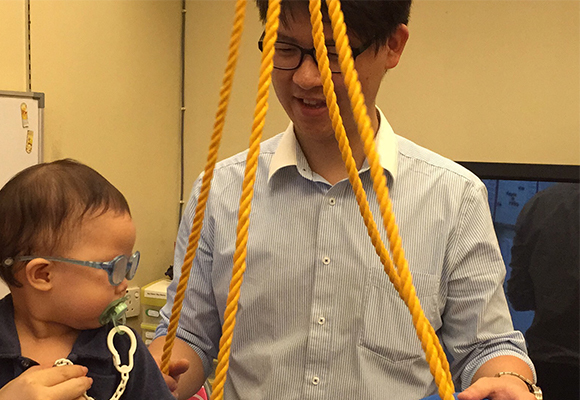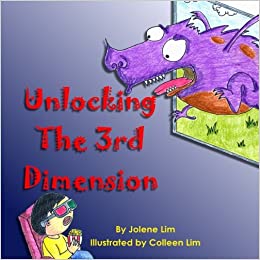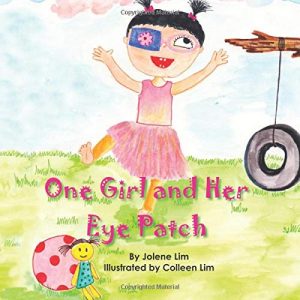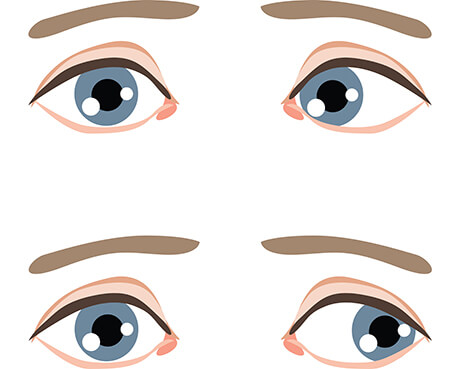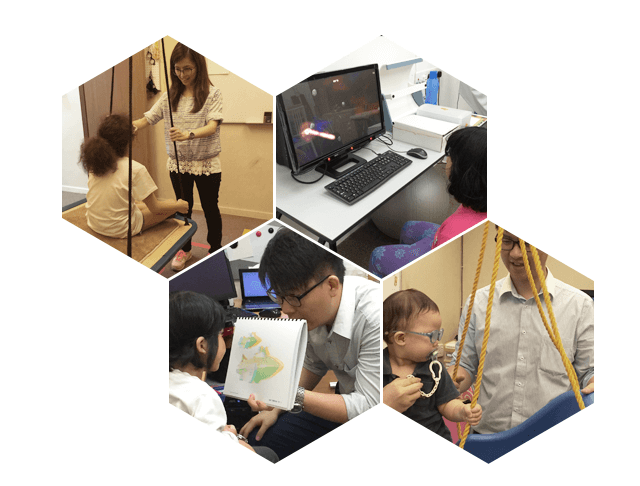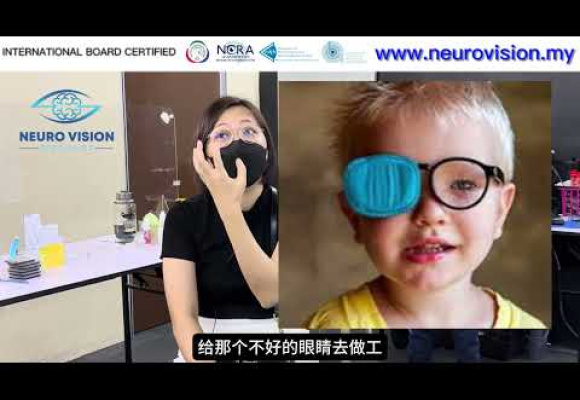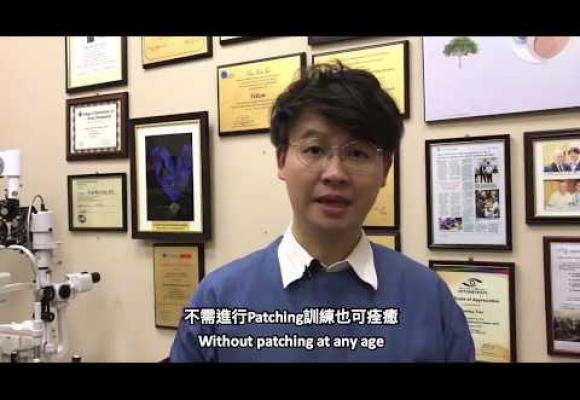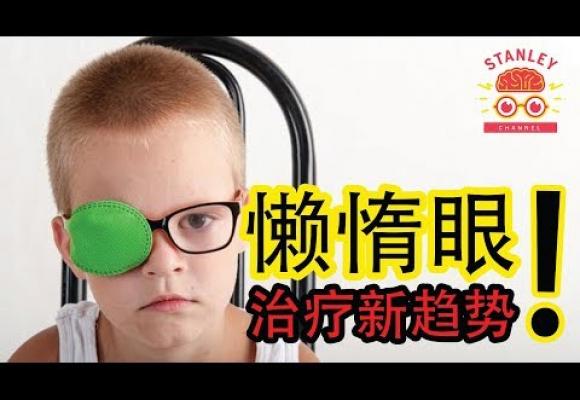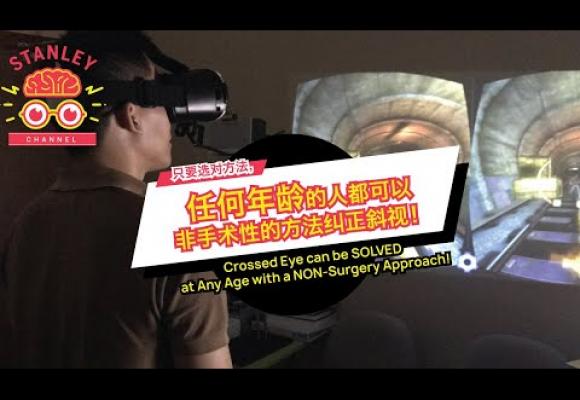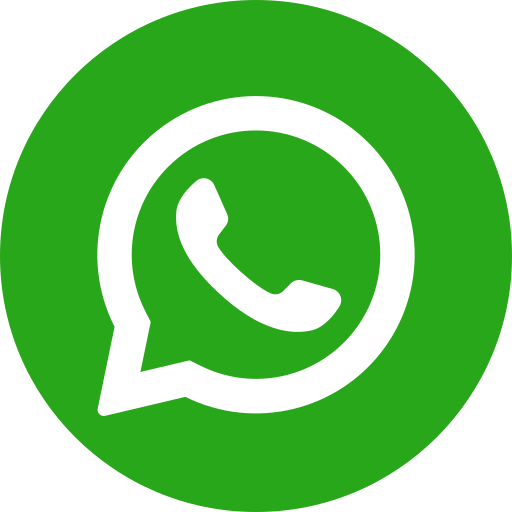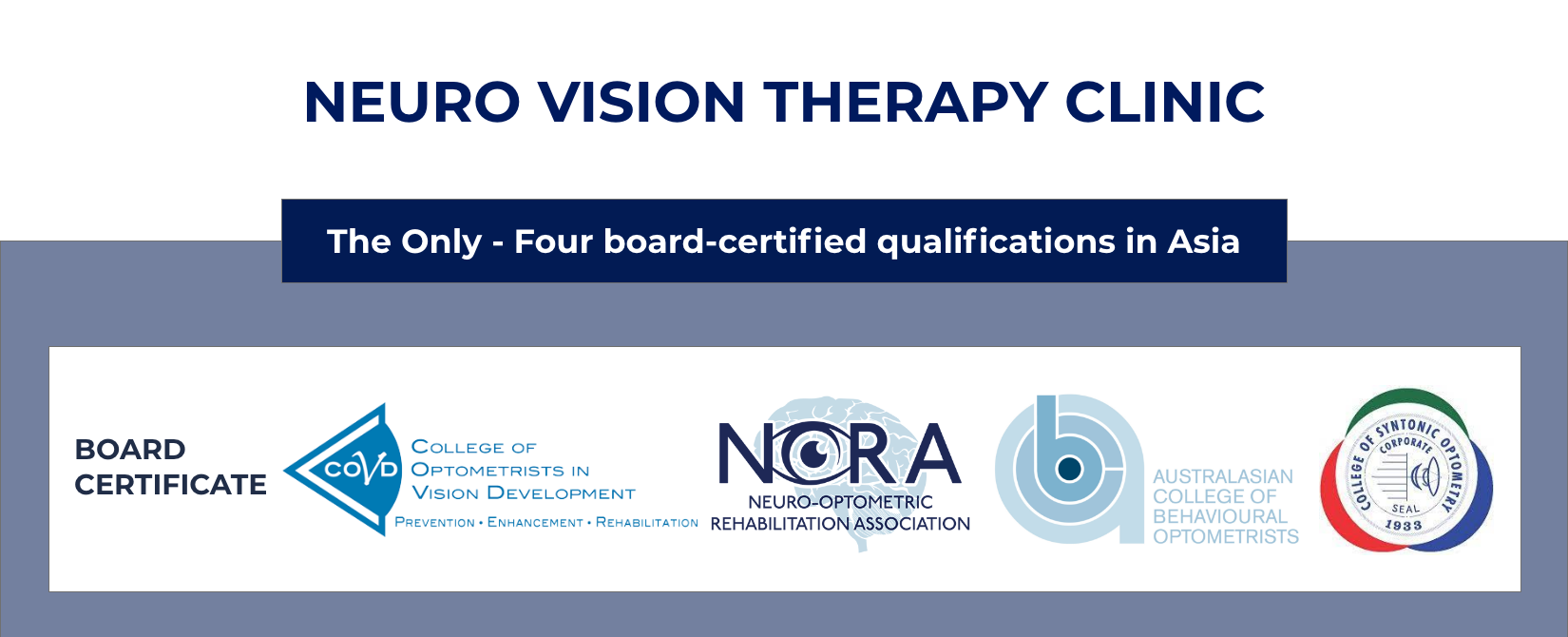

Eye Turn (Strabismus, Mata Juling 斗鸡眼/斜视)
Strabismus is often called crossed eyes because the eyes can look like they are crossed, but it is an eye turn. Strabismus (Eye Turn, Mata Juling 斗鸡眼/斜视) is a condition where the two eyes are not looking at the same point at the same time.
Based on the direction the eye turns, strabismus can be classified to inward eye turning (esotropia), outward turning (exotropia), upwards turning (hypertropia) and downward turning (hypotropia).
Sometimes you can see the eye turn (Strabismus, Mata Juling 斗鸡眼/斜视) and other times you can’t because it only turns when the child looks at objects up close or if he is tired or not feeling well.
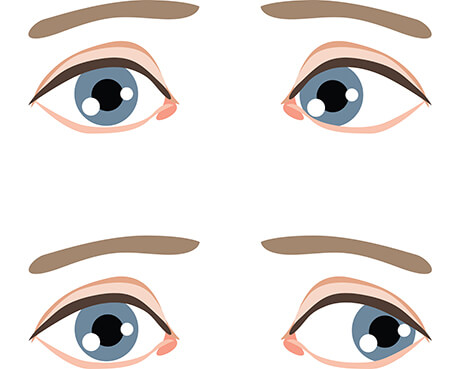
Lazy Eye (Amblyopia, Mata Malas懒惰眼)
Lazy eye, known as Amblyopia refers to a condition of the brain where it ignores visual information from one eye and vision in that eye does not get better with any type of glasses, contact lenses or surgery.
Lazy Eye (Amblyopia 懒惰眼) can be caused by an eye turn. The eye which is not looking where you want to look has to be ignored because the brain cannot make sense out of two different images.
It can also occur when one eye doesn’t see as clearly as the other eye and it isn’t caught early enough. When this happens the eye becomes lazy, because it isn’t being used. Lazy Eye (Amblyopia, Mata Malas 懒惰眼) does not go away on its own. While many physicians were taught that it is not treatable past the age of 7 or 9 years of age, new research in the field of optometric vision therapy has shown otherwise. Depending on the reason, lazy eye therapy/training can be done no matter how old you are.
Golden Period
While you may have been told that there is a golden period where you can treat Strabismus/Amblyopia, and that after this period it is no longer possible for lazy eye treatment or eye turning treatment - research has found that it is possible to correct both conditions no matter how old you are, even if you are an adult. Through Behavioral and Developmental Optometry, we are able to help our patients learn how to use their eyes correctly at any age. In order to see if we can help you or your loved one in treating vision problems eye turns (Strabismus, Mata Juling 斜视) and lazy eye (amblyopia, mata malas 懒惰眼), schedule a Neuro-functional vision evaluation with our Behavioral and Developmental Optometrist
The first step to treat eye turn (Strabismus, Mata Juling, 斗鸡眼/斜视) and lazy eye (Amblyopia, Mata Malas, 懒惰眼) is to schedule a functional vision evaluation to determine to what degree the vision problems are contributing to your child’s difficulties. Once the testing is completed, our Behavioral and Developmental Optometrist will meet with you in a separate appointment to review the results and go over the recommended program to treat strabismus or amblyopia.
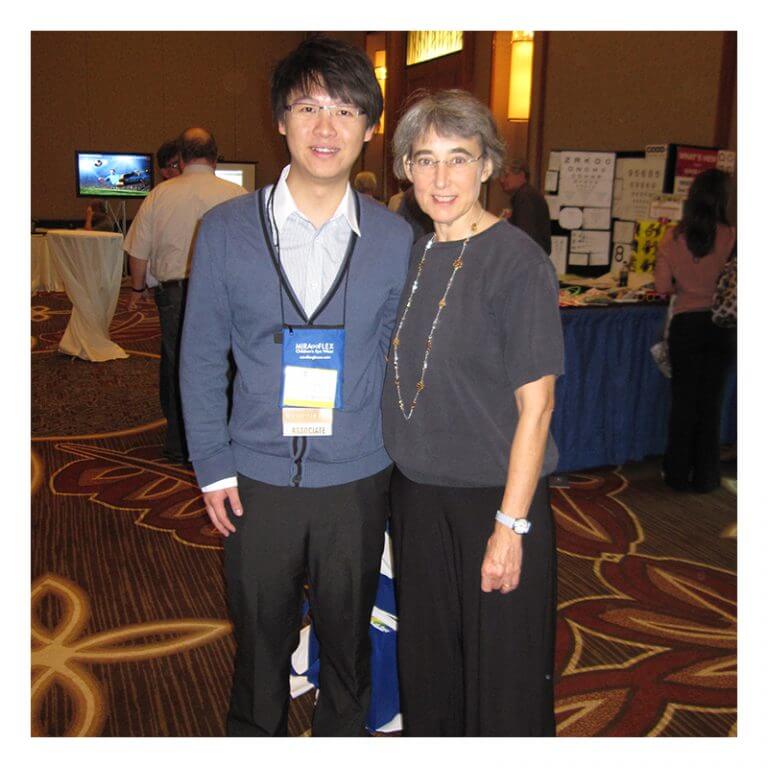
Mr Stanley With Dr Barry - Even Adults Can Be Helped With Neuro-Vision Therapy
Dr Susan R. Barry is a neuroscientist and a professor in the United States who has benefited from vision therapy as an adult. She shares her story in her book, Fixing My Gaze: A Scientist’s Journey into Seeing in Three Dimensions. In chapter 3, Dr. Barry even shares out her childhood experience after three strabismus surgeries:
“Even though my eyes appeared straight and aligned, I still didn’t use them normally. Both of my eyesights were 20/20 and had no problem passing a standard school vision screening. Yet, my vision was abnormal because I did not use my two eyes together. I was dreaded to go to grade school......when I looked down at the letters on the page, they didn’t stay in one place. My eye problem got worse as the print got smaller….”
Dr Barry did not have any developmental delays or challenges other than her vision. Imagine the amount of visual confusion that a special needs child experiences after eye surgery comparing to normal children. The good news is that we are able to help these children, normal or special needs, to treat their eye disorders without surgery (in most cases) and after surgery (for those who absolutely need it).
Questions?
We understand that you might have a number of questions regarding amblyopia (lazy eye, mata malas, 懒惰眼) and/or strabismus (eye turn, mata juling 斜视); especially if this is the first time you are hearing that your child may have a vision problems such as blurry or double vision. Please feel free to call our office with your questions. Phone 03-2110 3967 or Whatsapps us
Effects on the child
Treatment for Children with Eye Turn / Lazy Eye
Common Signs And Symptoms Of Eye Turns(Strabismus, Mata Juling 斗鸡眼/斜视) And Lazy Eye (Ambylopia, Mata Malas 懒惰眼)
MAKE THE
FIRST STEP NOW
The first step to treat eye turn (Strabismus, Mata Juling, 斗鸡眼/斜视) and lazy eye (Amblyopia, Mata Malas, 懒惰眼) is to schedule a functional vision evaluation to determine to what degree the vision problems are contributing to your child’s difficulties. Once the testing is completed, Mr Stanley- our Behavioral and Developmental Optometrist will meet with you in a separate appointment to review the results and go over the recommended program to treat strabismus or amblyopia.

